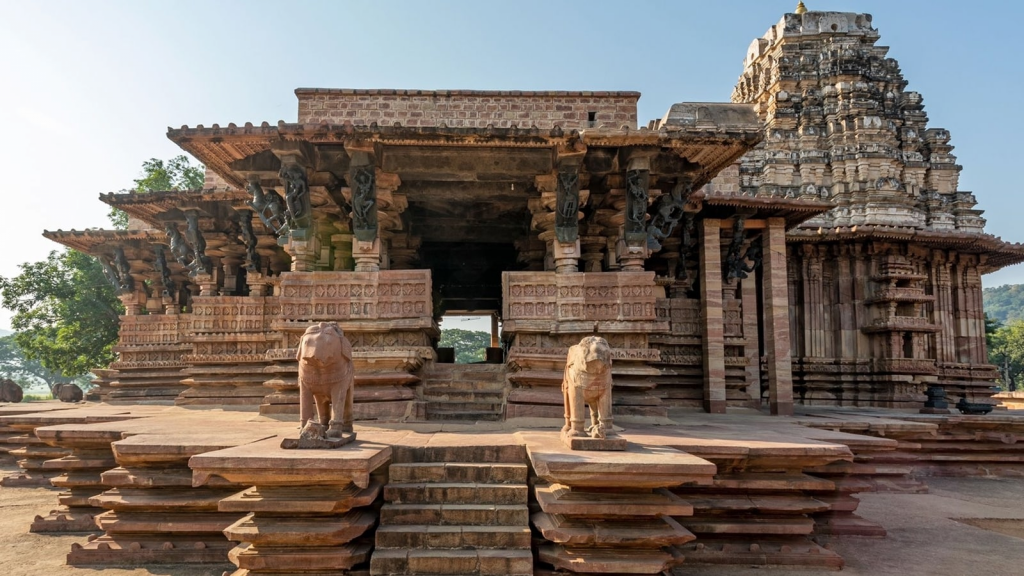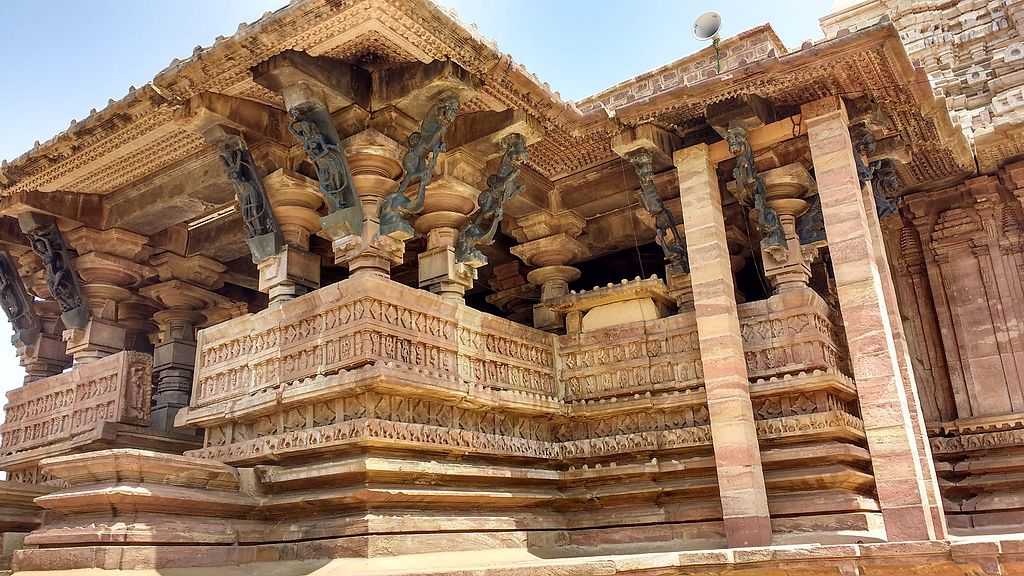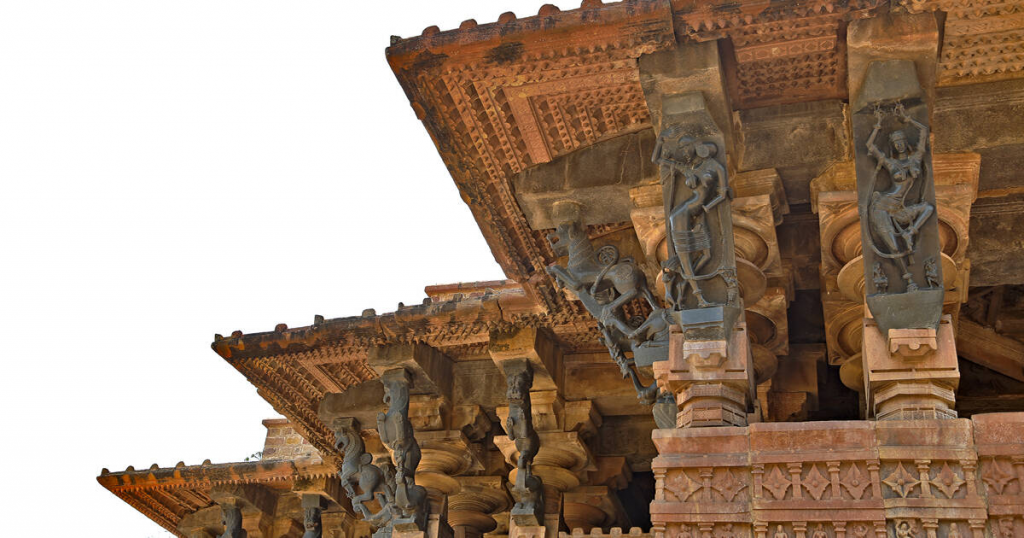
Introduction
Nestled in the heart of Telangana, the Sri Kakatiya Rudreshwara (Ramappa) Temple stands as a testament to the rich cultural and architectural heritage of India. This iconic temple, located near Warangal, is not just a religious site but a symbol of the glorious Kakatiya dynasty that ruled over this region. Its grandeur, intricate carvings, and historical significance make it a must-visit destination for anyone interested in India’s deep-rooted traditions and architectural marvels.

Historical Background
The Sri Kakatiya Rudreshwara Temple was constructed in the 13th century under the reign of the Kakatiya ruler, Ganapati Deva. The temple is often referred to as the Ramappa Temple, named after its chief architect, Ramappa. It’s a shining example of the Kakatiya style of architecture and is noted for its unique sandstone and basalt sculptures. The temple has survived the test of time, withstanding both natural and human-made calamities, symbolizing the resilience of the culture it represents.

Legend and Significance
According to legend, the temple took over 40 years to complete, showcasing the dedication and artistic prowess of its builders. The deity worshipped here is Lord Shiva, known as Rudreshwara, reflecting the prevalent Shaivism in the Kakatiya period. The temple, surrounded by a serene landscape, including a beautiful lake, Ramappa Lake, adds to its spiritual ambiance.

Architectural Splendor
The architectural brilliance of the Sri Kakatiya Rudreshwara Temple is evident in every aspect of its structure. The temple stands on a 6-feet high star-shaped platform, a characteristic feature of Kakatiya architecture. The main sanctum, crowned with a shikhara, houses the deity and is adorned with intricate carvings depicting scenes from ancient scriptures.
One of the most striking features is the use of lightweight porous bricks in the temple’s tower, which are said to float on water. The walls and pillars of the temple are embellished with exquisite carvings of dancers, musicians, and floral motifs, showcasing the artisans’ mastery over stone. The temple’s hall, known as the Nandi Mandapa, houses a massive Nandi (bull), Lord Shiva’s mount, facing the sanctum.
Artistic Embodiment of Dance and Culture
The sculptures of the Kakatiya Rudreshwara Temple stand as an extraordinary testament to the artistic finesse of the Kakatiyan era. These masterpieces not only display exceptional craftsmanship but also vividly illustrate the regional dance customs and the rich tapestry of Kakatiyan culture. Each sculpture, etched with intricate details, brings to life the elegance and vibrancy of ancient dance forms, serving as a timeless window into the cultural splendor of the period.
Festivals and Cultural Importance
The temple is the epicenter of cultural and religious activities, especially during festivals like Maha Shivaratri. During this time, the temple comes alive with devotees and cultural enthusiasts who immerse themselves in the rituals and the grandeur of the celebrations. These festivals not only reflect the religious significance of the temple but also play a crucial role in preserving and promoting the region’s rich cultural heritage.
Conclusion: A Journey Through Time and Spirituality
Visiting the Sri Kakatiya Rudreshwara Temple is more than just a religious pilgrimage; it’s a journey through the annals of history and a chance to witness the artistic zenith of the Kakatiya era. Its serene ambiance, coupled with the awe-inspiring architecture, makes it a perfect destination for those seeking spiritual solace and anyone interested in the architectural and cultural history of India. The temple is not just a monument but a living narrative of the past, inviting people from all over the world to explore its timeless beauty and historical significance.
UNESCO World Heritage Recognition: A Global Honor for Kakatiya Rudreshwara (Ramappa) Temple
On the momentous day of 25 July 2021, the majestic Sri Kakatiya Rudreshwara (Ramappa) Temple of Telangana was bestowed with the prestigious honor of being inscribed as a UNESCO World Heritage Site. This monumental recognition, under the distinguished title “Kakatiya Rudreshwara (Ramappa) Temple, Telangana,” serves as a testament to the temple’s unparalleled architectural brilliance and its profound significance in the tapestry of global cultural heritage.
Location
The Ramappa Temple, a revered architectural marvel, is situated in Palampet, within the Venkatapur Mandal. This historic site is conveniently located approximately 19 km from Mulugu Mandal, and about 70 km away from the bustling city of Warangal. Additionally, the temple is just a short 6 km journey from Kota Gullu, which is home to another magnificent Shiva temple, creating a spiritual corridor in this region rich in cultural heritage.
